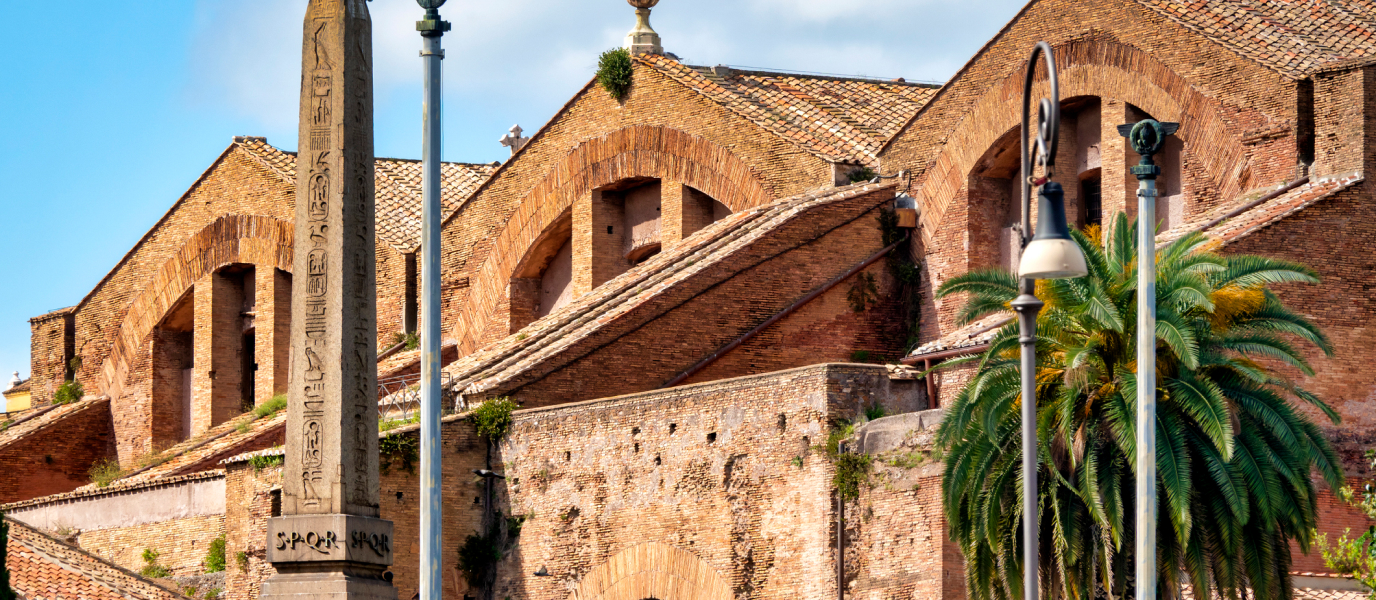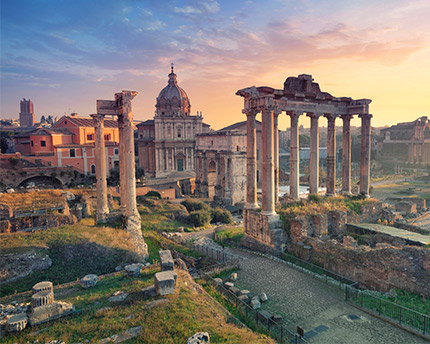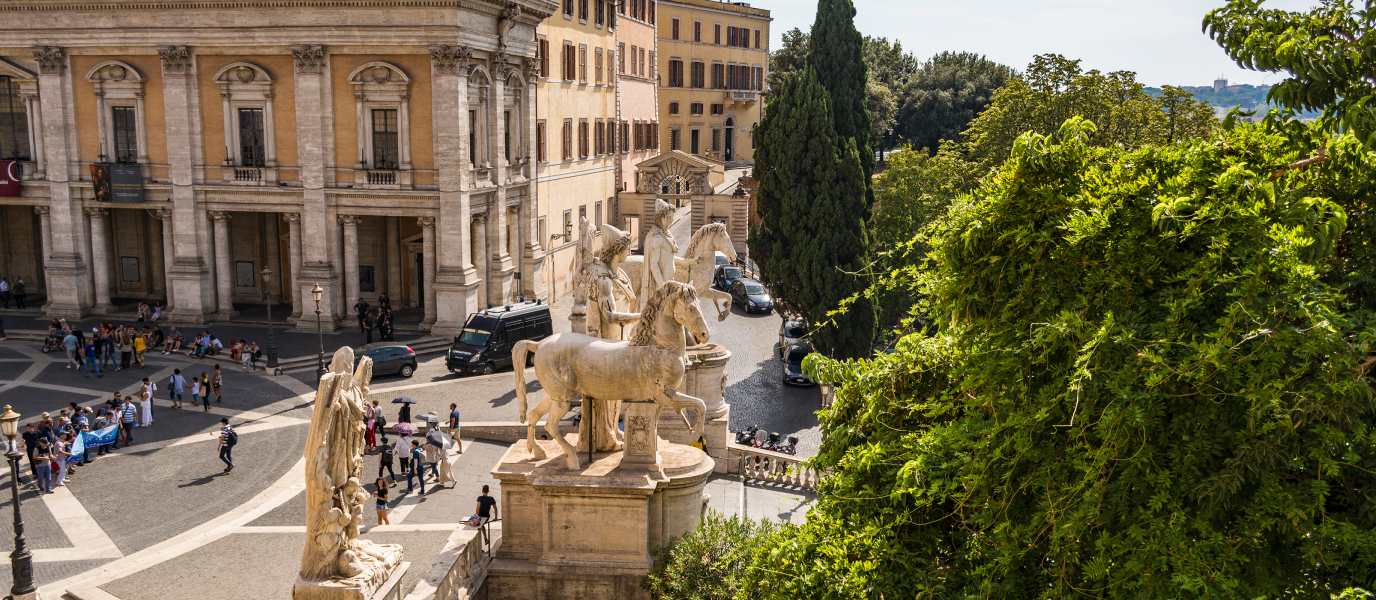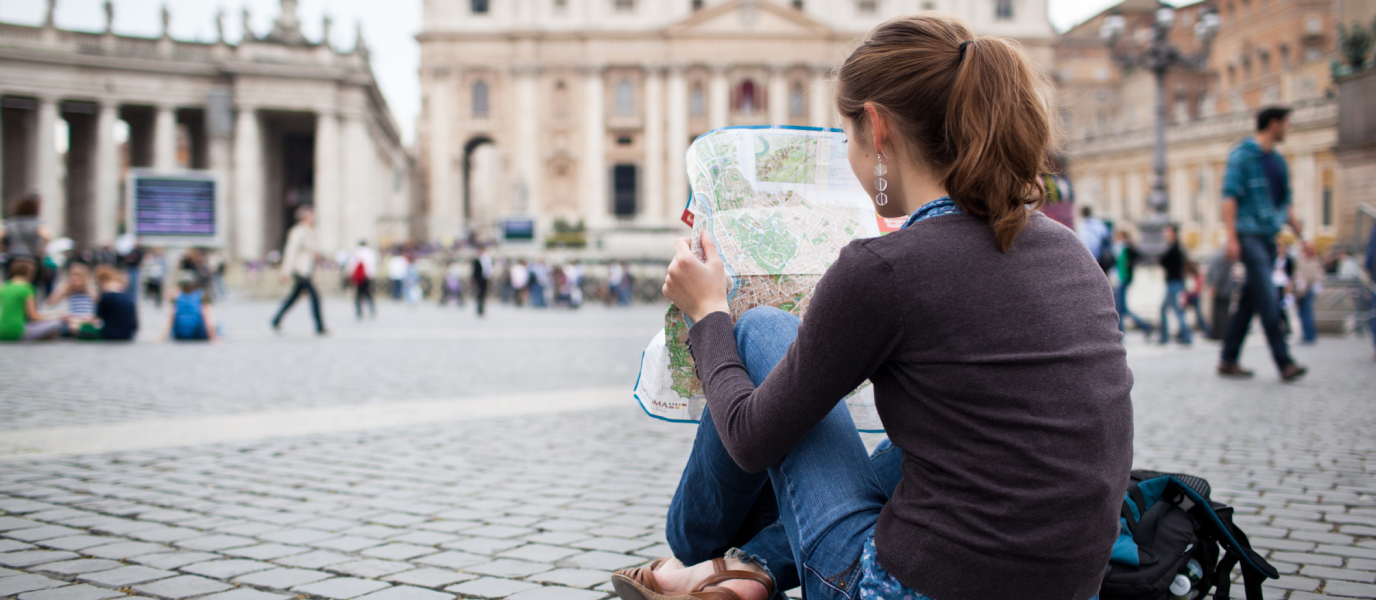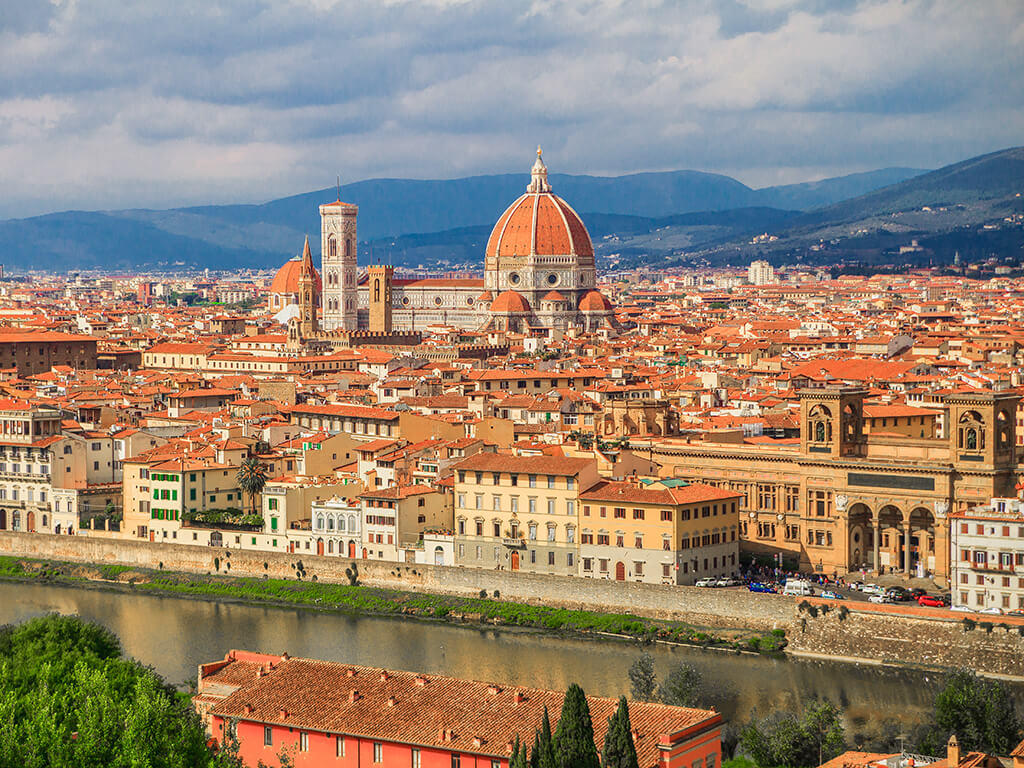The National Roman Museum is famous for housing some of the most important works of art in the world. It was founded in 1889, after the unification of Italy, to collect and preserve the finds from digs in the city. The collection was first established in Michelangelo’s cloister within the Baths of Diocletian. However, due to the burgeoning number of pieces, the museum was expanded to occupy four different buildings in the 1990s.
Palazzo Massimo alle Terme and the Roman frescoes of the Roman museums
When Villa Peretti, the former residence of Sixtus V (Felice Peretti), was demolished in 1883, the headquarters of the Jesuit seminary was built in its place. During the Second World War, the building was used as a military hospital, but by 1981 it was in ruins. The Government commissioned its renovation, and it was restored to its former glory and opened as part of the National Roman Museum in 1995.
The palazzo houses one of the most impressive collections of coins and sculptures in existence, spanning several periods of the Roman Empire and the Republic. However, it is the frescoes and mosaics that draw the crowds, bewitching collectors, restoration experts, researchers and tourists alike. These are located on the upper floor and are familiar to people the world over. Some of the most interesting include those recovered from Casa di Livia, on Palatine Hill, and from Villa Farnesina.
The first floor and ground floor house the sculptures and portaits of Ancient Rome, from the 2nd century B.C. to the 1st century A.D. The basement contains works of art from the time of the Republic to the appointing of Augustus as the first emperor. The second floor displays items from that moment in time onwards. Some of the most famous works are the Via Labicana Augustus, the Discobolus Lancellotti and Roman General from Tivoli. Among the most striking pieces are the Portonaccio sarchophagus, a marble piece with a complex and highly decorated design that tells the story of a battle between Romans and Germanic tribes. The magnificent collection of coins and jewels is housed in the basement, as is the mummy of an 8-year-old girl from the 2nd century A.D.
Baths of Diocletian
When the Emperor Diocletian ordered the construction of the largest baths in Ancient Rome, he imagined a place with a capacity for 3,000 people, with pools of different temperatures, a sauna, a gymnasium, recreation rooms, and even a library. Seven years later, his dream had become a reality, but many Christian slaves had died during the construction work. Time passed, and a decision was made to build the Basilica Santa Maria degli Angelie dei Martiri and its beautiful cloister (designed by Michelangelo in the 16th century) on the site in the memory of Christian martyrs. It was here that the National Roman Museum was was created and where the first pieces of the collection were exhibited. Other areas of the baths have been renovated over the decades to house pieces ranging from the 5th century B.C. to the 3rd century A.D. The statues and funerary pieces are particularly interesting. Today the cloister houses more than 400 works of art.
Crypta Balbi
This branch of the museum is located in what remains of the Theatre of Balbus, one of the three theatres of Ancient Rome. Although it was the smallest of the theatres, with capacity for just 7,700 spectators, it was undoubtedly the most sumptuous in terms of decoration. It was built by Lucius Cornelius Balbus, a banker and friend of the Emperor Augustus, with the bounty obtained after a battle. The treasures found during the 1981 dig in the Campus Martius (an ancient place of worship of the god Mars, and the location of many lost or buried monuments) are preserved in Crypta Balbi, the most recent building to be attached to the National Roman Museum.
The site has had many ups and downs over the centuries. For a time it was used as a public letrine, but it also boasted the seats of two churches and their monasteries. The value of the hidden architectural and urban strata is incalculable. The basement of the Crypta Balbi houses the fascinating archaeological remains of the theatre (guided tours only), while the upper floors take you on a journey from Classical Antiquity to the Middle Ages, where you can immerse yourself in the history and customs of the Roman people.
In addition to the display of artifacts found onsite, there are plenty of pieces from the Roman Forum, the Museum of the Palazzo Venezia, the Capitoline Museums and the collection of King Victor Emmanuel III of Savoy, among others.
Palazzo Altemps
This palazzo was built in the 15th century by the Riario family, and renovated on the orders of Cardinal Mark Sittich von Hohenems Altemps a century later. After several years in the hands of the Church, the building passed to the government and was opened as a museum in 1997. Here you will discover an enormous collection of Greek and Roman sculptures belonging to noble families of the 16th and 17th centuries. The exhibition is clearly organised into sections by family.
One of the largest collections is that of Boncompagni Ludovisi, with more than 100 sculptures including the ornate Ludovisi Battle Sarcophagus, the Ludovisi Throne, the Ludovisi Gaul (one of the best dramatic representations) and the Ludovisi Ares. The patios are flanked by the sculptures of Ciriaco Mattei, having once decorated the gardens of his villa.
Of the original, extensive Altemps collection, only four statues remain in the museum. The rest are on display around the world. The pieces of the Egyptian collection (unearthed in Campus Martius) never fail to attract the admiring gaze of visitors. Some are originals from Egypt, and others are Roman copies. You can also visit the Chapel of Sant’Aniceto, a small sanctuary with the relics of the eleventh Pope of Rome; and the palace’s private theatre, which houses temporary exhibitions.
These four branches of the museum truly bring to life the astonishing past of Rome. A visit is highly recommended.





























































